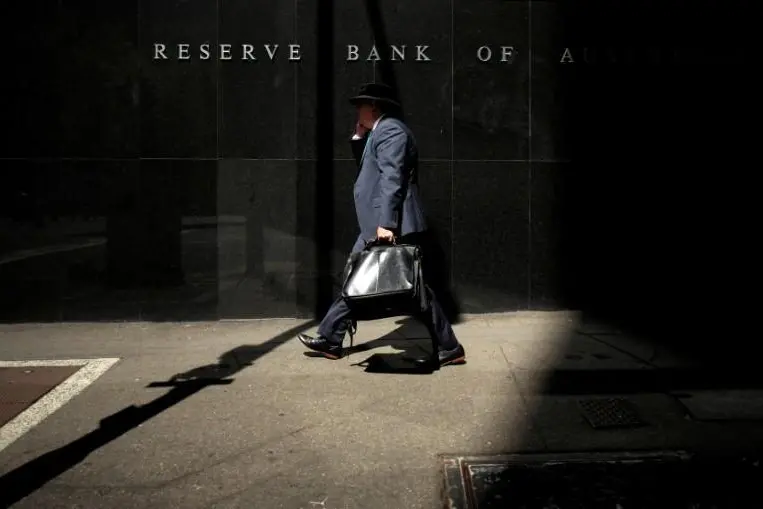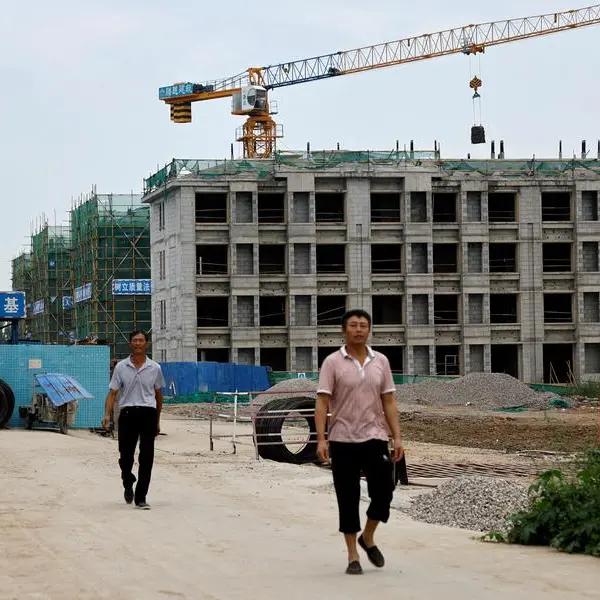PHOTO
Australia and New Zealand Banking Group beat estimates for first-half profit on Wednesday, helped by the release of pandemic-era provisions and home loan growth in New Zealand, and forecast improved second-half margins as interest rates rise.
The lender said it expects margins to be partly helped by higher deposit-driven earnings growth as the banking sector steps into a new period of higher borrowing rates.
The Reserve Bank of Australia on Tuesday delivered its first rate hike in over a decade. The Reserve Bank of New Zealand has raised rates at its last four meetings to levels not seen since June 2019.
"Rising rates – that's going to hurt some people, that's going to take money out of people's pockets. But at this point, people are well prepared for it," Chief Executive Officer Shayne Elliott said.
Shares of the lender were up 2.1% at A$27.830, outpacing a 0.7% rise in the ASX 200 benchmark index, and marking ANZ's biggest intraday pct jump since March 17.
Spurred by a rise in revenue from institutional customers, strong home loan momentum in New Zealand, cost controls, and release of credit provisions worth A$284 million, cash profit from continuing operations rose 4.1% from a year ago to A$3.11 billion ($2.2 billion), ahead of a Visible Alpha consensus estimate of A$2.99 billion.
However, it fell 3% from the prior half.
"The weak core profit result is likely to concern investors today," analysts at Citi said in a note. "However, second-half is expected to improve as rising rates starting to grow net interest margins."
Net interest margin - a key measure of profitability - eased to 1.58% in the half from 1.65% in the second half of 2021.
"As I look at the environment in which we had to operate in the half, I actually think it was a very solid result... we managed margins tightly," Chief Financial Officer Farhan Faruqui said.
ANZ, which has lost Australian home loan market share since 2019 amid claims of slow processing times, said capacity improved in the half, and that it was on track to grow in line with other major domestic banks by the end of the financial year.
It also announced plans to establish a new listed parent holding company that would control two wholly-owned distinct groups of entities: banking and non-banking groups, mirroring organisational structure among global banks.
The bank declared an interim dividend of 72 Australian cents per share, up from 70 Australian cents a year earlier.
($1 = 1.4088 Australian dollars)
(Reporting by Sameer Manekar and Harish Sridharan in Bengaluru; Editing by Shailesh Kuber and Richard Pullin)












